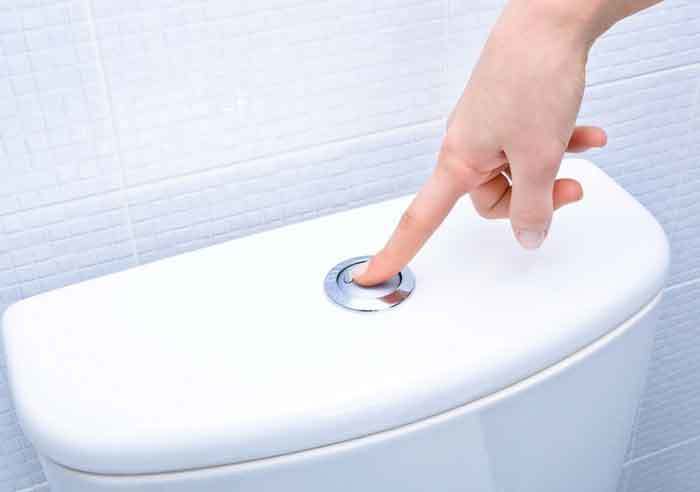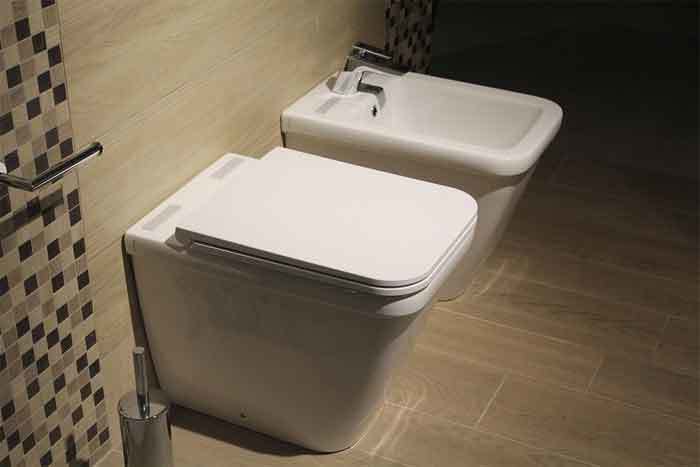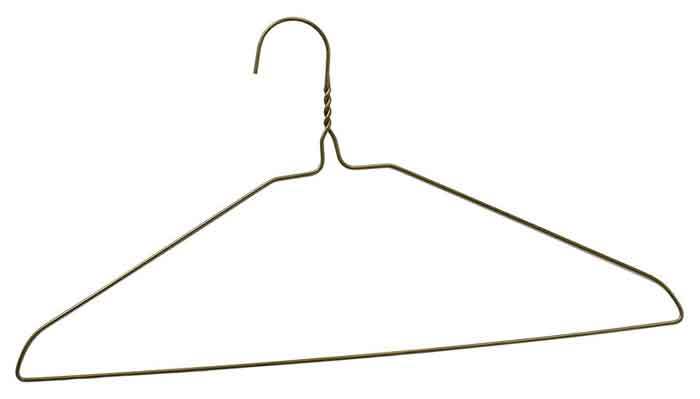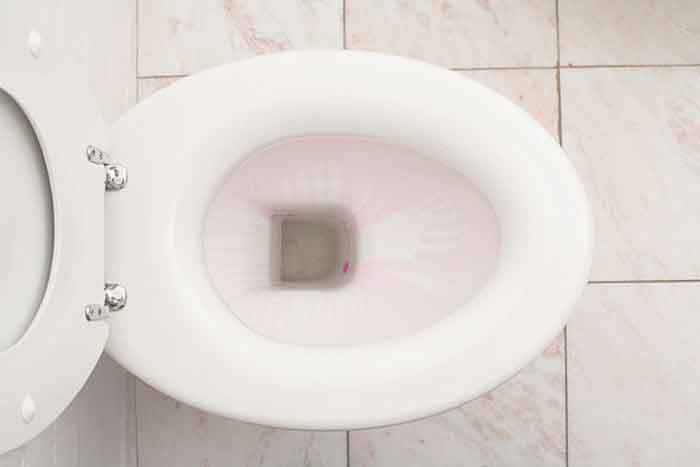Disclaimer: This post may contain affiliate links, meaning we get a small commission if you make a purchase through our links, at no cost to you. For more information, please visit our Disclaimer Page.
A toilet that flushes slow but is not clogged can be quite frustrating. Weak or slow water movement can fail to create an effective flush.
In a normally functioning toilet, the rapid water movement creates a suction inside the pipe, which serves as the actual flush that pulls down all waste material down the drain. If your toilet is not flushing completely, then waste material may be backed up in the bowl or you may be using more water than usual.
Are you having the same annoying problem with your toilet? In this article, we will talk about the possible home remedies if a toilet flushes slow but is not clogged.

Toilet Flushes Slow but Not Clogged: What are the Causes?
Before we go into the fixes of a slowly flushing toilet (without any clogs), let’s talk about what can cause a toilet to have a weak flush. Here are the most common causes of a lazy or slow flushing toilet:

How to remedy an Unclogged toilet with a weak flush
Based on the possible causes that we highlighted in the section above, let’s take a look into some of the best remedies that can get your toilet flushing back to normal.
These are just some simple home fixes that you can do by yourself with the use of regular household items, so you don’t have to worry about complexity.
1. Make sure that the water valve is all the way open
You can find the toilet’s water valve near the wall or the floor behind it. In a counterclockwise motion, turn the valve until it reaches a full stop for best performance.
If the water fills up too quickly inside the tank (or too noisily) after a flush, turn the valve in the opposite direction until you’ve reached the optimum fill performance.
2. Clean out the rim feed and jet holes
Since hard water goes through the holes constantly with each flush, there may be a buildup of hard mineral crystals that accumulate over the years.
If your rim feed and jet holes are the problem, then you can easily clean the mineral buildup out using this technique:
What You’ll Need:
Procedure:
- Turn off the water supply valve then hold the flapper open until most of the water has drained from the tank.
- Take off the lid from the toilet tank. Carefully pour around two cups of toilet bowl cleaner down the flush valve and let the solution sit for 6 to 12 hours. Alternatively, you can also use white vinegar (about one quart).
- After the toilet bowl cleaner has dissolved most of the mineral buildup, take your wire coat hanger or screwdriver (or any thin metal tool that you can use) and scrape out residue from the rim feed holes. These holes are located under the lip of the toilet bowl.
- With pliers, make a small hook at the end of the coat hanger. Use this to fish out any obstruction that may be blocking the jet hole.
- Turn on the water supply valve again, then flush the toilet a few times to get rid of remaining toilet cleaner and minerals.

3. Adjust the water level
The water level inside the tank should not go below more than an inch from the overflow tube. Otherwise, the water will not be enough for a complete flush.
Here are some possible fixes that you can do if this is the case:

4. Fix the flapper
If the flapper fails to remain open long enough for the water to drain out into the bowl, this results in an incomplete flush. An unstable flapper can also render the need to manually push down the lever until enough water has drained into the bowl.
5. Make sure the rim feed is connected
When you inspect your lazy-flushing toilet, make sure that the rim feed hose is connected into the overflow on the flush valve. The rim feed hose is responsible for supplying water into the rim holes.
To make sure that you get a powerful flush, the rim feed hose should be connected inside of the flush valve overflow tube. Ensure that it is also pointing downward.
Conclusion: Fixing a Slowing Flushing Toilet without Clogs
Toilets can have a weak flush even if it’s not clogged up. Weak flushes are caused by a variety of reasons; mainly something wrong with the inside of the toilet or a buildup of hard material in the inlets where water flows through.
Other times, the whole toilet is the problem, as some old models usually give out with age and take the flushing power down with them.
In any case, if a toilet flushes slow but is not clogged, following the procedures mentioned above before doing anything drastic.
Usually, a slow flushing toilet can be fixed with a simple manipulation of the parts inside the tank, or a good rinse-through with some regular household cleaners.
I hope this article helped you out with your toilet problems. If you have any more tricks up your sleeve that you can share with us, feel free to drop it in the comments below. Don’t forget to share this article with your friends, as well. Thanks for reading.

